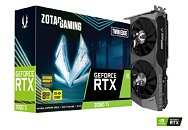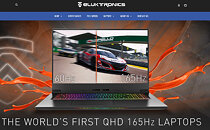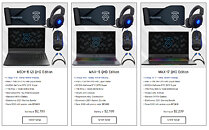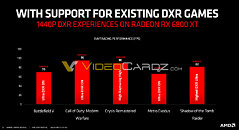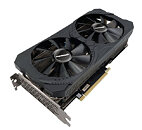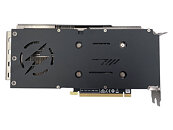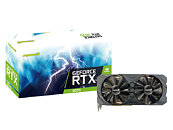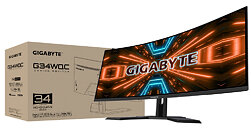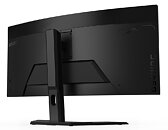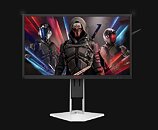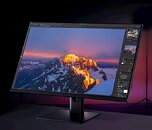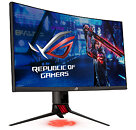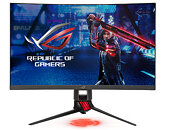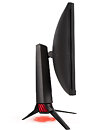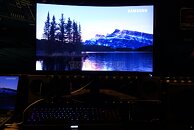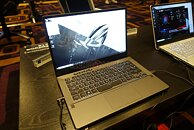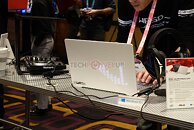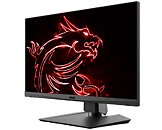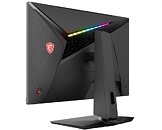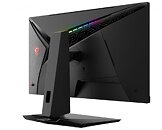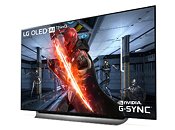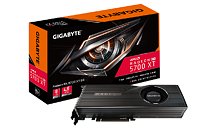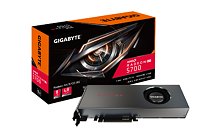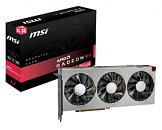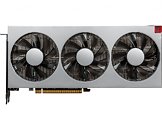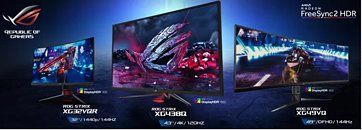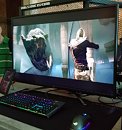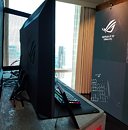
ASUS Announces ROG Swift PG279QM 1440P 240 Hz 27" IPS Gaming Monitor
Back in 2015, the ROG Swift PG279Q gaming monitor was among the first to combine NVIDIA G-SYNC tech with a balanced 2560x1440 resolution, an IPS-type panel, and a high 165Hz refresh rate. It's since racked up a mountain of accolades. Five years on, graphics cards have gotten much more powerful, and gaming displays need even higher refresh rates in order to show every frame that top-end cards like the NVIDIA GeForce RTX 3080 and GeForce RTX 3090 can draw. At CES 2021, we're raising the bar for 1440p gaming displays with the ROG Swift PG279QM, our first 27" 2560x1440 display with a 240Hz refresh rate.
A 240Hz refresh rate is a big step up in fluidity and responsiveness from the 144Hz max refresh rate typical of most 2560x1440 displays, but that's just one part of the puzzle for a top-end gaming experience. Blurry moving images can muddy your view of the action. To keep every frame crisp, the PG279QM employs the latest ASUS Fast IPS panel technology for a quick 1 ms gray-to-gray response time on average. That low response time results in a picture that's both sharp and fluid in motion, all while maintaining the wide viewing angles that IPS panels are known for.
A 240Hz refresh rate is a big step up in fluidity and responsiveness from the 144Hz max refresh rate typical of most 2560x1440 displays, but that's just one part of the puzzle for a top-end gaming experience. Blurry moving images can muddy your view of the action. To keep every frame crisp, the PG279QM employs the latest ASUS Fast IPS panel technology for a quick 1 ms gray-to-gray response time on average. That low response time results in a picture that's both sharp and fluid in motion, all while maintaining the wide viewing angles that IPS panels are known for.






